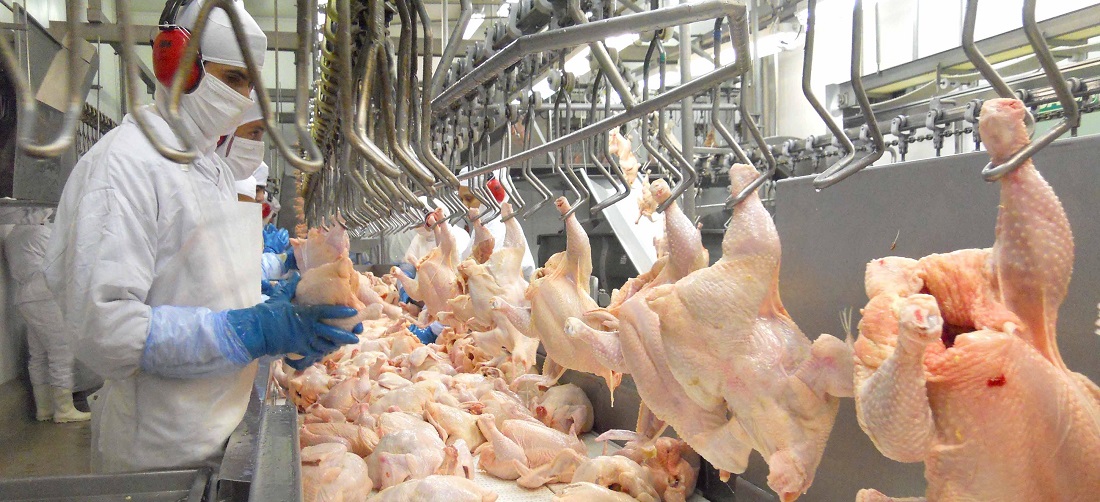
Poultry shipments slowdown should not keep Brazil from year-high record
Dec, 20, 2022 Posted by Gabriel MalheirosWeek 202251
According to information from the Brazilian government’s Foreign Trade Secretariat (Secex), released on Monday, December 19, the daily average of poultry shipments (either fresh or refrigerated) slowed down in the first 12 working days of the month. Still, the Brazilian Animal Protein Association (ABPA) foresees that the country should have no problem setting a record in protein exports.
The revenue obtained from chicken meat exports up to this point in the month, US$ 386,099,652, represents 58.15% of the amount received in December 2021, which was US$ 663,911,856. The 193,378.715 tonnes shipped account for 50.42% of the total in December last year, totaling 383,517.844 tonnes.
The average revenue earned per day is US$ 32,174,971, up 11.5% from the figure recorded in December 2021. There was also a 2.7% increase from the previous week.
See below the track record of the volume of chicken meat exports (HS 0207) by Brazil from Jan 2019 to Oct 2022, according to the DataLiner market intelligence service.
Poultry Shipments | Jan 2019 – Oct 2022 | WTMT
Source: DataLiner (click here to request a demo)
The average volume shipped, 16,114.892, fell by 3.4% year-on-year; it grew 3.4% from a week before.
The price paid per tonne this month, US$ 1,996,598, is 15.3% higher than the price paid in December last year.
Source: Notícias Agrícolas
To read the full original article, please: https://www.noticiasagricolas.com.br/noticias/granjeiros/336536-carne-de-frango-desacelera-nos-embarques-diarios-mas-ainda-assim-deve-bater-recorde-em-2022.html#.Y6HP3HbMLIU
-
Trade Regulations
Jan, 04, 2021
0
Ministry of Economy suspends export of syringes and needles
-
Dec, 15, 2023
0
Maersk to pause all container ship traffic through the Red Sea
-
Other Cargo
Aug, 15, 2024
0
Paraná’s honey exports register 113% growth from January to June
-
Ports and Terminals
Jul, 07, 2022
0
Court grants approval for Port of Santos railroad privatization model


